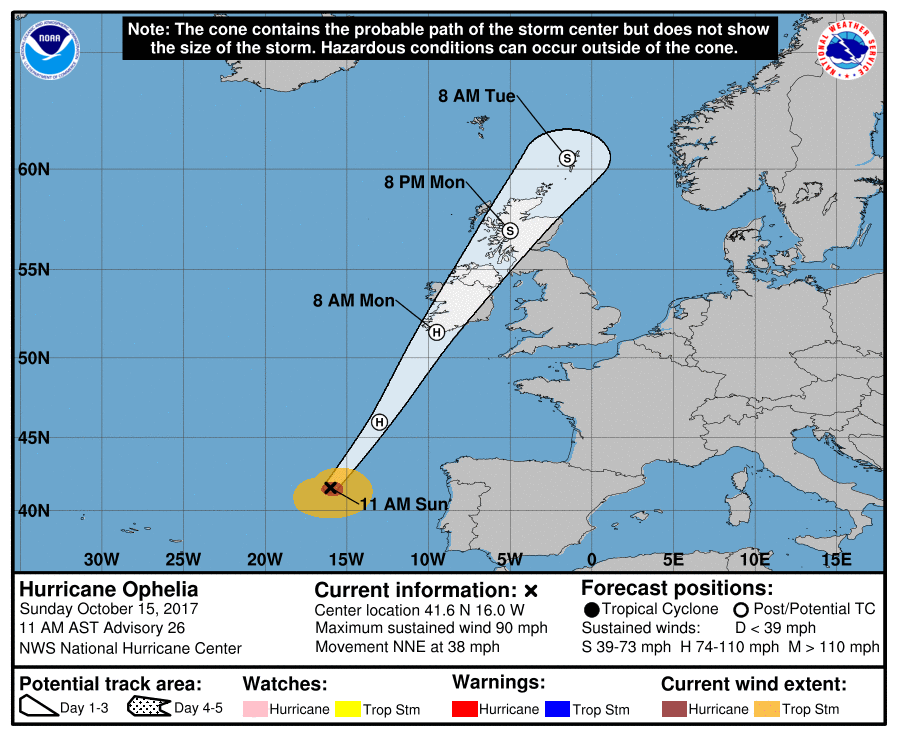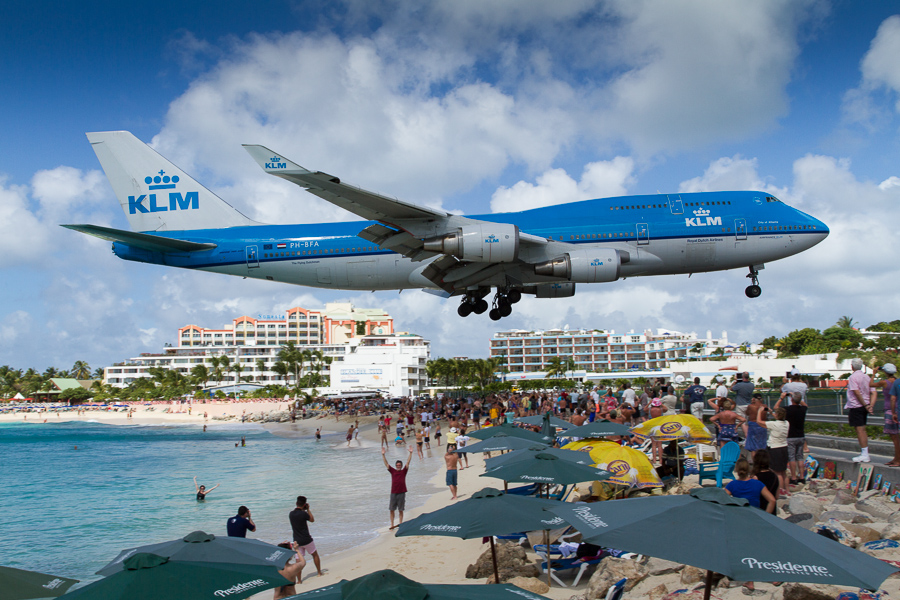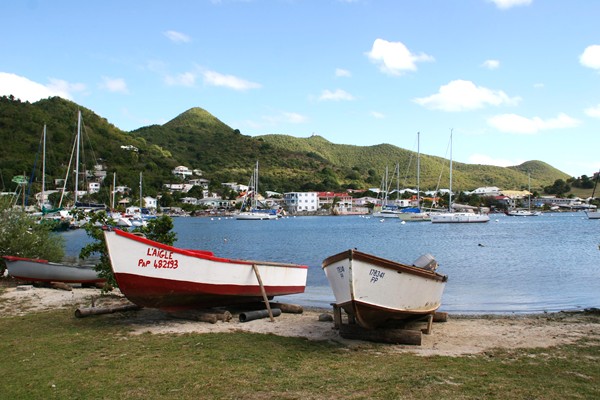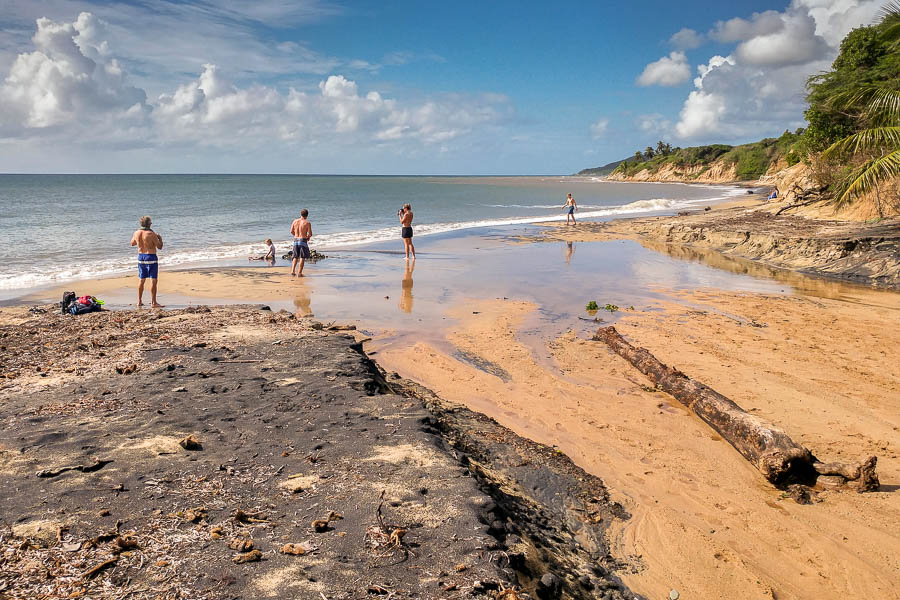I'm about to fly to San Antonio for another round of researching how the military tracks recruits from the time they get to the processing center to the time they leave for boot camp (officially "Military Basic Training" or MBT).
I have some stuff to read on the plane:
OK, off to K20. Or K18. Or wherever my plane has got to.
On the southwest coast of Ireland, County Kerry's local newspaper warns that post-tropical storm Ophelia will hit within the hour with "violent and destructive gusts forecast with all areas at risk."
Galway schools are closed an Irish defence forces are being deployed throughout the area:
The Department of Education has ordered schools across Galway to close tomorrow as a red weather warning remains in place for the county.
It follows a special meeting of the Government Task Force on Emergency Planning this afternoon to discuss preparations for Hurricane Ophelia.
GMIT is also to close all of its campuses across Galway – while NUI Galway says it is currently assessing the threat and will make a decision at 7 this evening.
Meanwhile, the City Council says Hurricane Ophelia does not currently pose a strong flood risk.
In a statement, the local authority says while there will be a storm sea surge in Galway Bay, the overall tidal level is predicted to be below the critical level for flooding.
It adds it will continue to monitor the situation and further defences and other measures will be put in place if required.
Meanwhile the storm track seems to have shifted west, so that Islay and Campbelltown are not directly in Ophelia's path; but not entirely safe either:
Three battalions of soldiers are on permanent standby to deal with major incidents in the UK, but the Ministry of Defence said no specific requests had yet been made of them by local authorities.
The Republic of Ireland's Met Office predicts coastal areas will be hit by winds in excess of 80mph (130km/h) from 09:00 BST on Monday until Tuesday and is warning against unnecessary travel.
Gerald Fleming, head of its general forecasting division, told Irish broadcaster RTE: "The track is very consistent [and] has been for days.
"The strongest winds [will be] along the south coast.
'Huge contrasts'
"That'll be tomorrow morning, and it'll track up the centre again, going up along the western part of the country."
BBC Weather said Monday would be a "day of huge contrasts" with the strong gusts of wind travelling over the Irish Sea and heading north to central and southern Scotland, sparing eastern parts of the UK.
Eastern England is instead expected to enjoy unseasonably warm weather, with temperatures of 22C or 23C on Monday - compared with an average for mid-October of 15C.
Highs of 24C were recorded in the region on Saturday as some parts of the country basked in a "mini heatwave" thanks to warm air brought by Hurricane Ophelia
I hope the people I met in Ireland and Scotland over the years get through this once-per-century storm with their wits about them—and their houses. Good luck.
Another Atlantic hurricane is heading towards another place I've visited recently. Hurricane Ophelia, now churning in the eastern Atlantic, should reach the south coast of—not kidding—Ireland tomorrow morning as a tropical storm, and a few hours later roll over Islay.
The latest:
This year’s busy and bizarre hurricane season isn’t done stunning scientists. The latest named storm, Ophelia, is now the sixth major hurricane to form in the Atlantic this year, and the 10th consecutive named storm to reach hurricane strength this year — only the third time in recorded history and the first time in a century that has happened — tying the all-time single-year record. On top of all that, no major hurricane has ever formed as far east as Ophelia has. The storm intensified so far east, in fact, that the continent it now threatens is Europe. Ophelia reached category 3 strength 220 miles south of the Azores on Saturday morning, and is now on track to strike Ireland beginning Monday.
While it won’t still be a hurricane by the time it reaches the British Isles — Ophelia is forecast to have become an extratropical storm before then — it will probably still arrive as “a destructive windstorm in Ireland on par with some of the most damaging in the nation’s history,” according to Henson, with winds as high as 70 mph along the island’s southwest coast. A “status red” alert, Ireland’s highest, has been issued for five counties in that region. Storm surge flooding along the coast is possible, but the biggest threat will be from the high winds.
I mean, this is just weird:

Just a few kilometers from where I was having dinner in Washington, the Cubs beat the Nationals 9-8 in a game I'm sure the four members of my team who went will be talking about all. Damn. Day. But hey: go, Cubs, go!
Since this was at Nationals Park, though, one has to wonder: did they let Teddy win?
Imagine the largest office building (in land area) you've ever been in, add a small shopping mall, four food courts, and the security that demonstrates exactly how silly and ineffectual airport security is, and that's the Pentagon.
I'm in a little island that's like an anti-SCIF (Secure Compartmented Information Facility). We're in the one unclassified office in the ring, complete with unclassified Internet service, and because of that, behind two steel doors and in a Faraday cage. And it's literally the only place we're allowed to take pictures, which is sad because every hallway in the building is a museum exhibit. It's weird.
That, and we can't go to the bathroom without an escort, makes this a very strange day indeed.
Also, it's like an ongoing pop quiz in uniform insignia recognition. And I'm still having problems with upper enlisted ranks.
Home tomorrow, after a visit to a military facility outside Baltimore.
I'm in Northern Virginia for a project meeting tomorrow, so not much to post today except that I'm here. Tomorrow, though, should be very interesting. I hope to have photos. But it will soon become clear why I might not actually have any photos.
Team meeting at 8am Eastern, and it's midnight, so off I go for now.
The Islay-based Port Ellen distillery closed in 1983, leaving only a few hundred barrels scattered throughout Scotland's blenders, and a few thousand bottles which now sell for upwards of £1,000.
Diageo, which bought the Port Ellen Maltings in 1987 and all of the original Port Ellen whisky stocks, announced yesterday that it will re-open the brand in 2020 with a £35m investment:
Multinational drinks company Diageo—which owns 28 malt distilleries and one grain distillery in the country—announced that it will invest £35 million (about $46.1 million) to reopen Port Ellen Distillery on Islay and Brora Distillery on the east coast of the northern Highlands. The two single malt distilleries closed in 1983, during a period of decline for the scotch industry. The process of reopening—which includes planning, design, and construction work for both distilleries—will take up to three years. Distilling is slated to begin no later than 2020.
According to Dr. Nick Morgan, Diageo’s head of whisky outreach, discussions about reopening the distilleries have happened periodically for the last 20 years. “We take a very long-term view of the scotch whisky market—you have to for planning and inventory and investment purposes,” he says. “We invested a billion pounds about five or six years ago in upgrading our production facilities, particularly to meet long-term demand that we forecasted for blended scotch whisky. Building on the back of that, we feel that the situation for scotch now is very bright…We felt this was the time to do something like this, with more of a single malt scotch whisky focus.”
While on Islay, I had the opportunity to sample an original Port Ellen dram. I'm looking forward to having another one...in 2030.
(Yikes. I'll be 70 before their whisky is ready...)
Pilot Patrick Smith writes an ode to Maho Beach, Sint Maarten, which remains closed after being partially destroyed by Hurricane Irma three weeks ago:
St. Maarten — or St. Martin — is part French and part Dutch. Princess Juliana (SXM) is in the Dutch section, and Maho sits just off end of runway 10. And when I say “just off,” I mean only a few hundred feet from the landing threshold. As arriving planes cross the beach, they are less than a hundred feet overhead. For an idea of close this is, you can check out any of a zillion online pics. Like the one above. Or this one, or this one, or any of hundreds of YouTube videos. Unlike so many other scary-seeming airplane pictures you’ll come across, they are not retouched.
Thus, planespotting at Maho beach is an experience unlike any other in commercial aviation. Not that you need to be an airplane buff to enjoy it. For anybody, the sights, sounds, and sensations of a jetliner screaming overhead at 150 miles-per-hour, nearly at arm’s reach, are somewhere between exhilarating and terrifying.
This is what he's talking about:

Via AVWeb, a company in Seattle is making an old kind of drone:
Two brothers in Seattle, working as Egan Airships, have built a drone that combines features from both fixed-wing aircraft and blimps to create an aircraft that can hover, take off and land vertically, and fly at up to 40 mph. The 28-foot-long aircraft weighs less than 55 pounds and uses a patented streamlined envelope design, rotational wings and an extended tail. It’s powered on both the wings and the tail.
The inflated portion of the Plimp aircraft is filled with helium, which is not flammable, and provides part of the lift, which is supplemented by lift created by the rotational wings. Due to its buoyancy, the company says, the Plimp is more efficient than helicopters and fixed-wing aircraft for surveillance and inspection operations. The aircraft is highly visible for miles, so line-of-sight rules can be adhered to for much greater distances than conventional drones, the company said. Its size and visibility also enhance collision avoidance. The aircraft can be operated remotely by a pilot and flight technician, and does not require a runway or launch/recovery system to operate.
Here's the company's video about the aircraft:
Two photos from Caribbean islands that will probably never look this way again.
Sandy Ground, St. Martin, February 2009:

Playa Negra, Vieques, Puerto Rico, November 2016:

I hope they can rebuild quickly.